Why Japanese Knives Deserve a Place in Your Kitchen
Have you ever watched a Japanese chef dice daikon or fillet a fish with such grace and speed that it looks almost meditative? It’s not just technique it’s also the knife. Japanese chef knives, or hōchō (包丁), are the product of centuries of craftsmanship, blending samurai-era forging techniques with modern culinary precision. Whether you’re slicing sashimi, chopping vegetables, or simply want to elevate your everyday cooking, these knives are more than tools, they’re an experience.
In this guide, we’ll explore the key features of Japanese chef knives, the types and styles available, how to care for them properly, and what sets brands apart.
Types and Styles of Japanese Knives
- Gyuto (牛刀) – Japanese Chef’s Knife: Versatile, double-beveled, and curved for rocking cuts.
- Santoku (三徳包丁) – “Three Virtues” Knife: Ideal for meat, fish, and vegetables.
- Nakiri (菜切り包丁) – Vegetable Knife: Straight edge, perfect for precise vegetable chopping.
- Yanagiba (柳刃包丁) – Sashimi Knife: Long, single-beveled blade for clean cuts in raw fish.
- Deba (出刃包丁) – Fish Butchery Knife: Thick, heavy, perfect for filleting and breaking down fish.
- Petty (ペティナイフ) – Utility/Paring Knife: Small, nimble, ideal for delicate tasks.
Key Features to Look For
Blade Material & Core Composition
- Carbon Steel: Sharp and patina-developing but rust-prone.
- Stainless Steel: Low-maintenance and beginner-friendly.
- Three Ply Clad: Hard core with soft sides for durability.
- Damascus Steel: Layered steel with stunning patterns and functionality.
Edge Retention & Bevel Angle
Japanese knives are often honed at 15° or less, with options for single or double bevel blades based on precision and versatility needs.
Handle Style & Ergonomics
D-shaped, octagonal, or Western handles provide varying grip experiences. Choose materials like pakkawood or magnolia for comfort and aesthetic.
Blade Shape and Size
Select blade length and curvature based on your typical prep work, longer for proteins, shorter for precision control.

How to Choose the Best Japanese Chef Knife for You
Match your knife to your cooking habits, handle preferences, maintenance comfort, budget, and appreciation for traditional aesthetics.
Care, Maintenance, and Sharpening
- Cleaning: Hand-wash and dry immediately.
- Sharpening: Use whetstones or professionals for best results.
- Storage: Use guards or magnetic strips to protect edges.
- Patina: Embrace it as a protective, character-rich layer on carbon steel.
Performance and Testing: What Makes a Knife Exceptional?
- Lab-tested with Edge-On-Up tools
- Real-world slicing and dicing tasks
- Durability and comfort assessments
- Features like cryodur hardening and ergonomic handles
Frequently Asked Questions
Q: Difference between gyuto and santoku?
A: Gyuto is longer with a curved edge; santoku is shorter and flatter for precise veggie work.
Q: How to verify authenticity?
A: Look for a certificate, oak box, or shop from specialty retailers.
Q: Good options for beginners?
A: All-Stainless Santoku Knife – 6.7 inches (17 cm) , Towa Octagonal Chef Knife
– 8.3 inches (21 cm), Gray, or Sword Japanese Hammer-Eye Octagonal Petty Knife – 5.9 inches (15 cm), Gray
Q: Sharpening frequency?
A: Every 6–12 months with regular honing in between.
Q: Can Japanese knives be used for everything?
A: Ideal for precision tasks, but avoid bones or frozen foods.
Q: What’s the difference between single and double bevels?
A: Single bevels = precision (e.g., yanagiba); double bevels = versatility.
Final Thoughts: More Than Just a Knife
Bringing a Japanese chef knife into your kitchen is about more than cutting efficiency. It’s about honoring the artisan who forged it, appreciating the food you prepare, and enriching your cooking ritual.
Whether you’re a culinary beginner or seasoned sushi enthusiast, embracing Japanese craftsmanship, is a delicious way to bring culture into your kitchen.


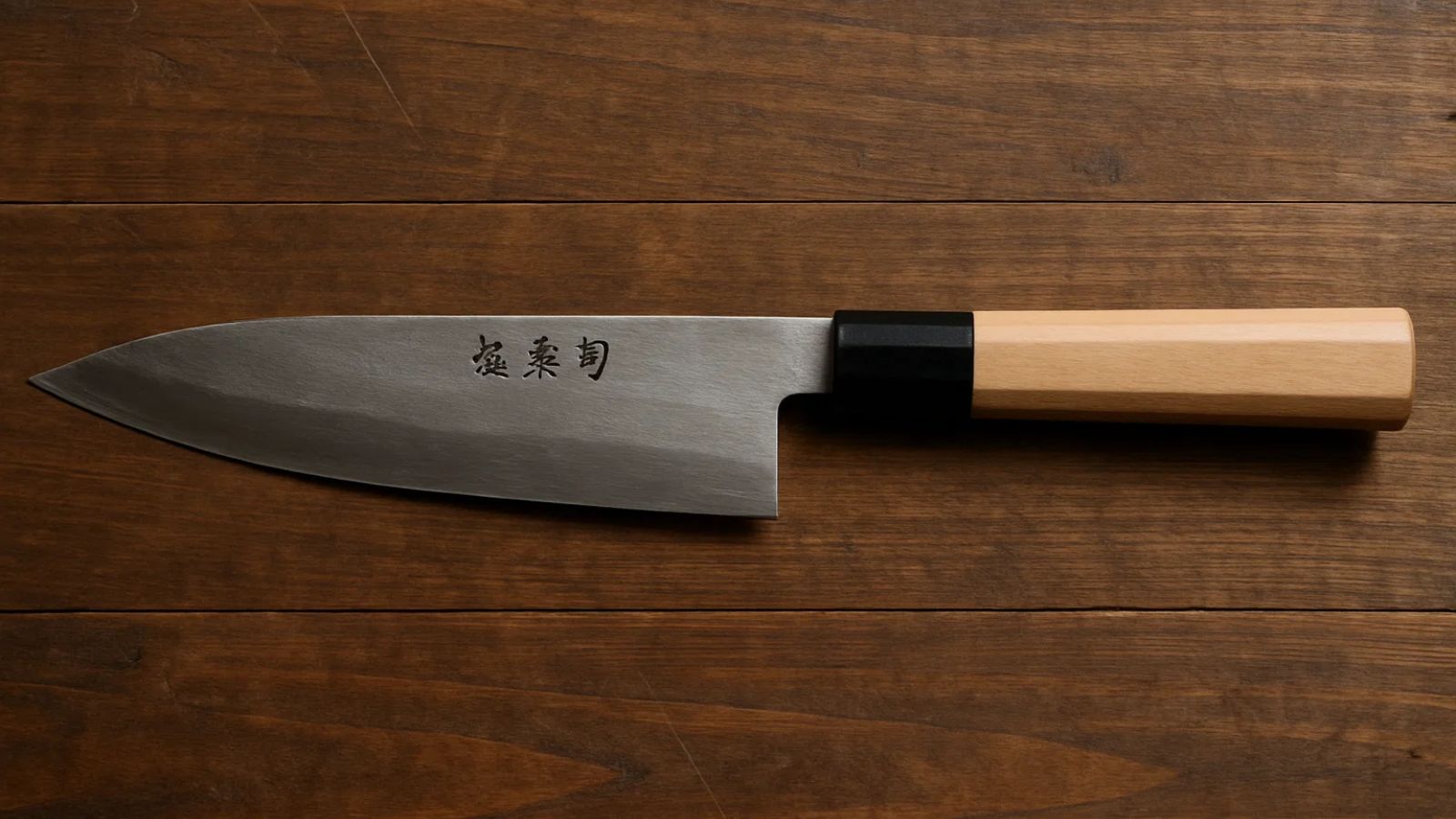


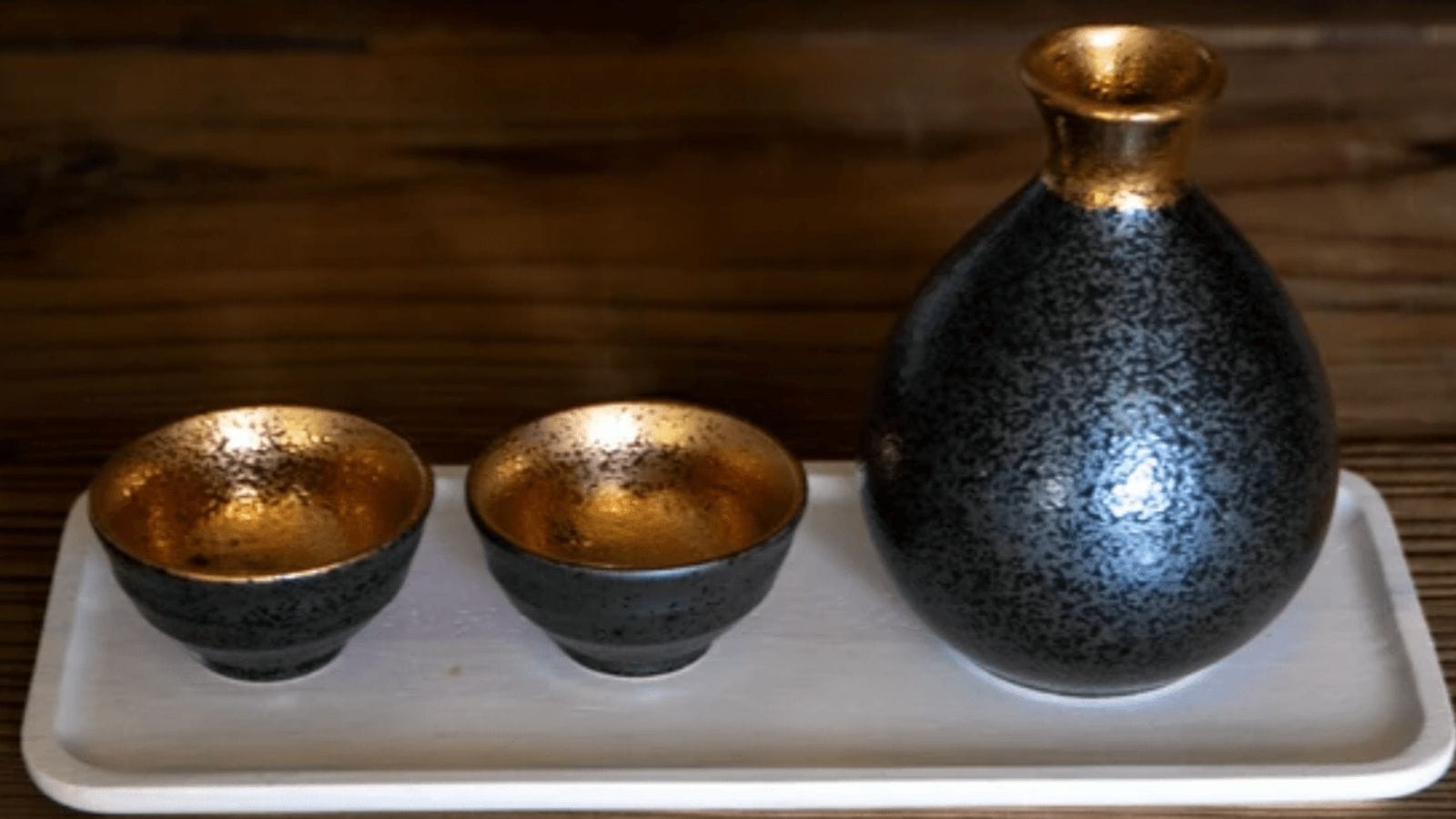

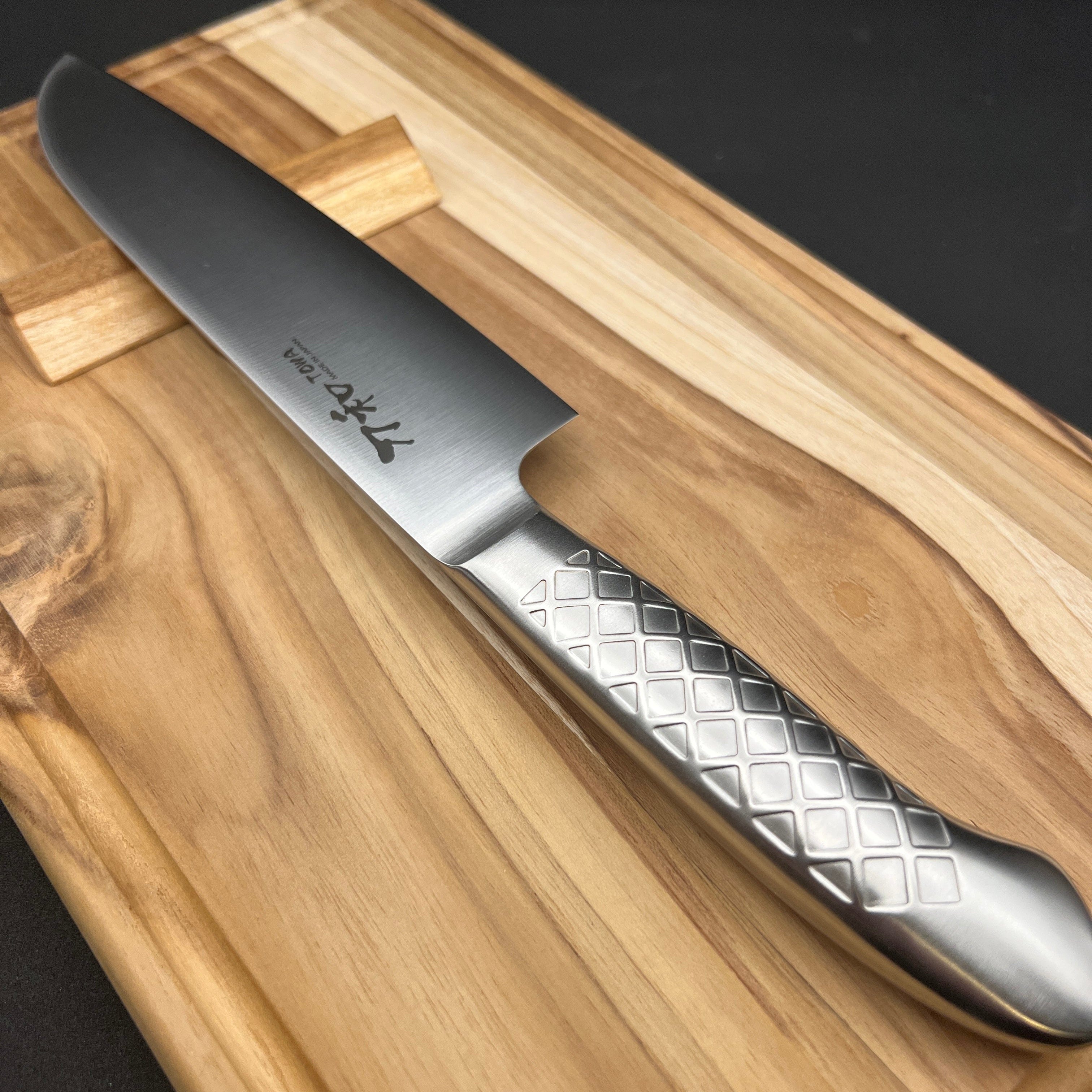
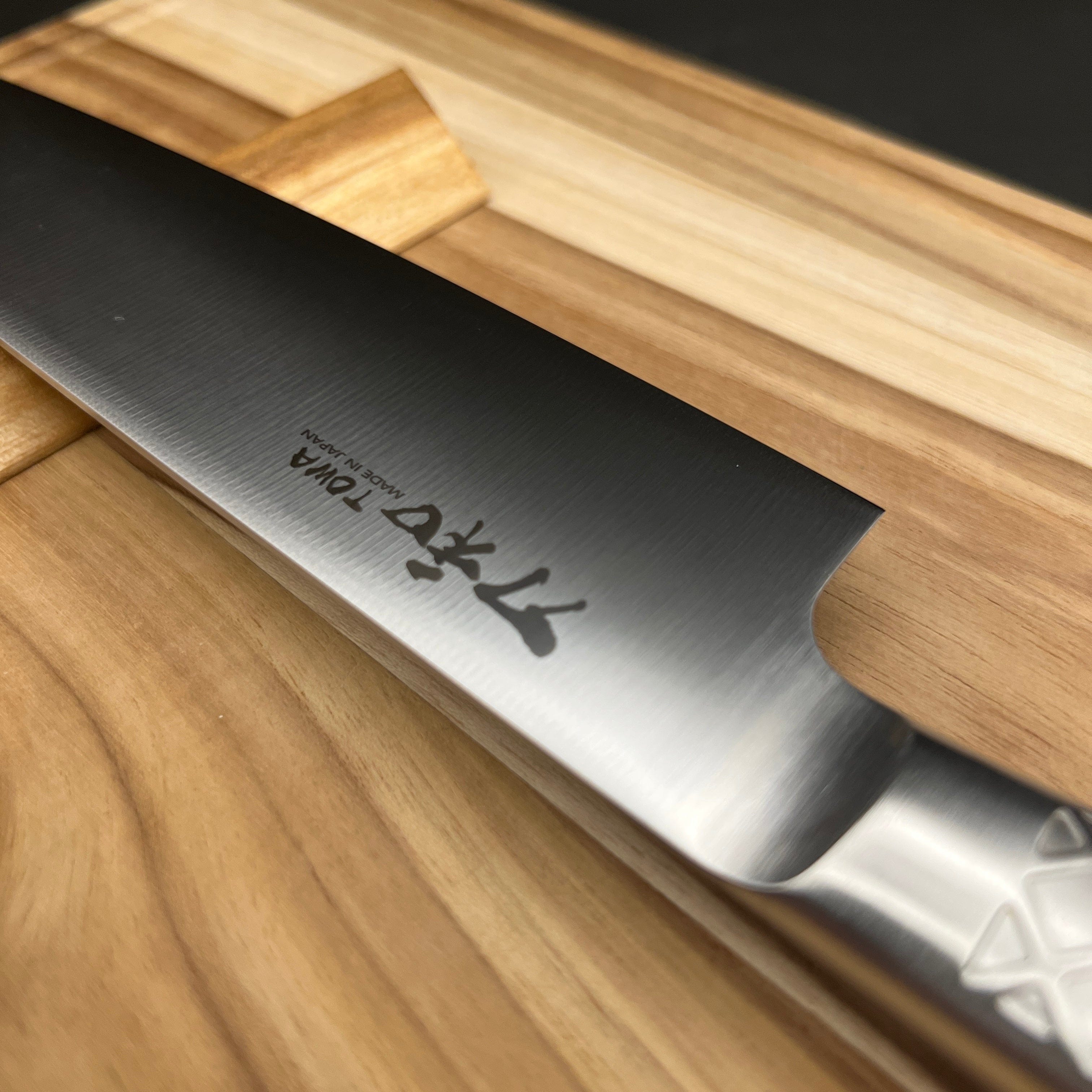
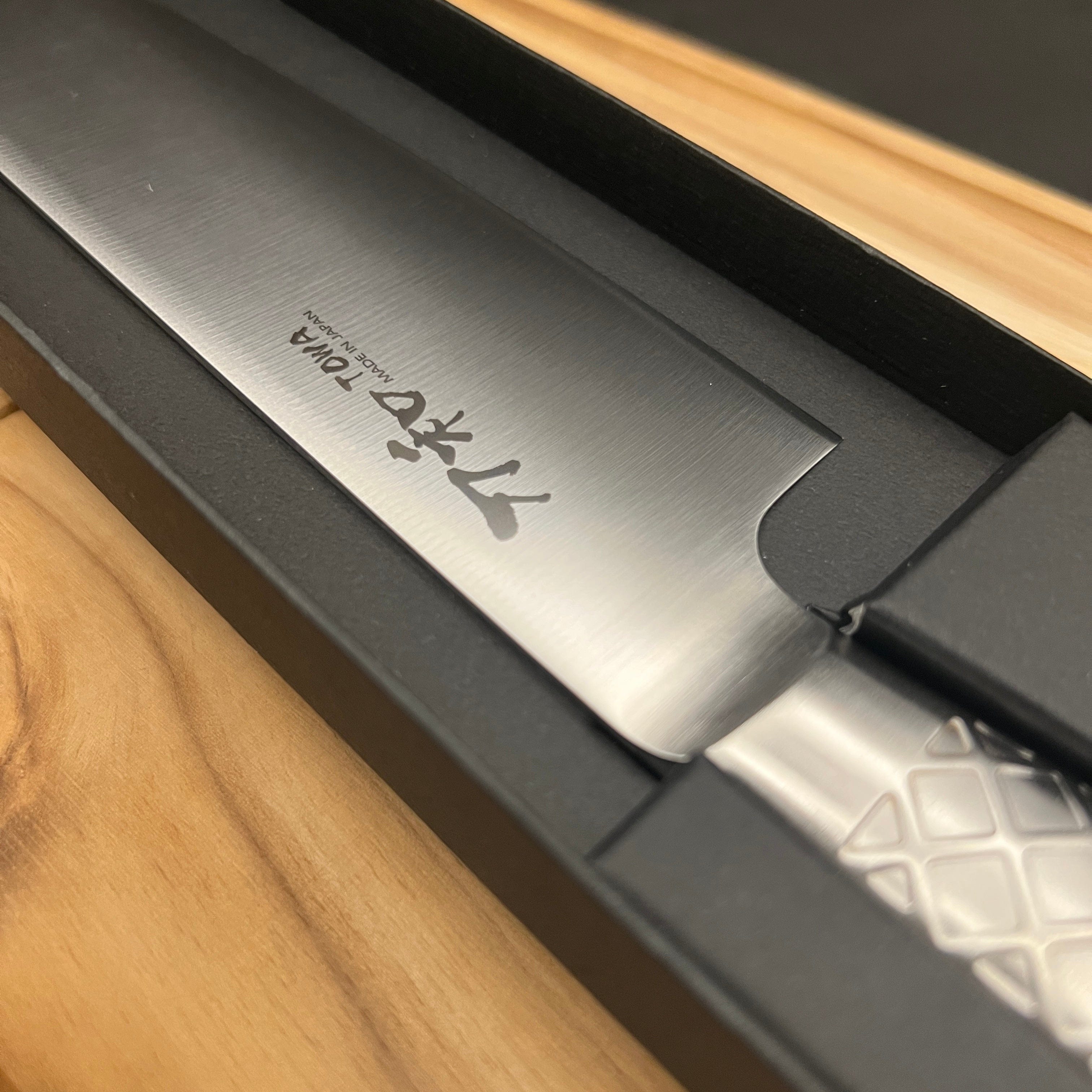
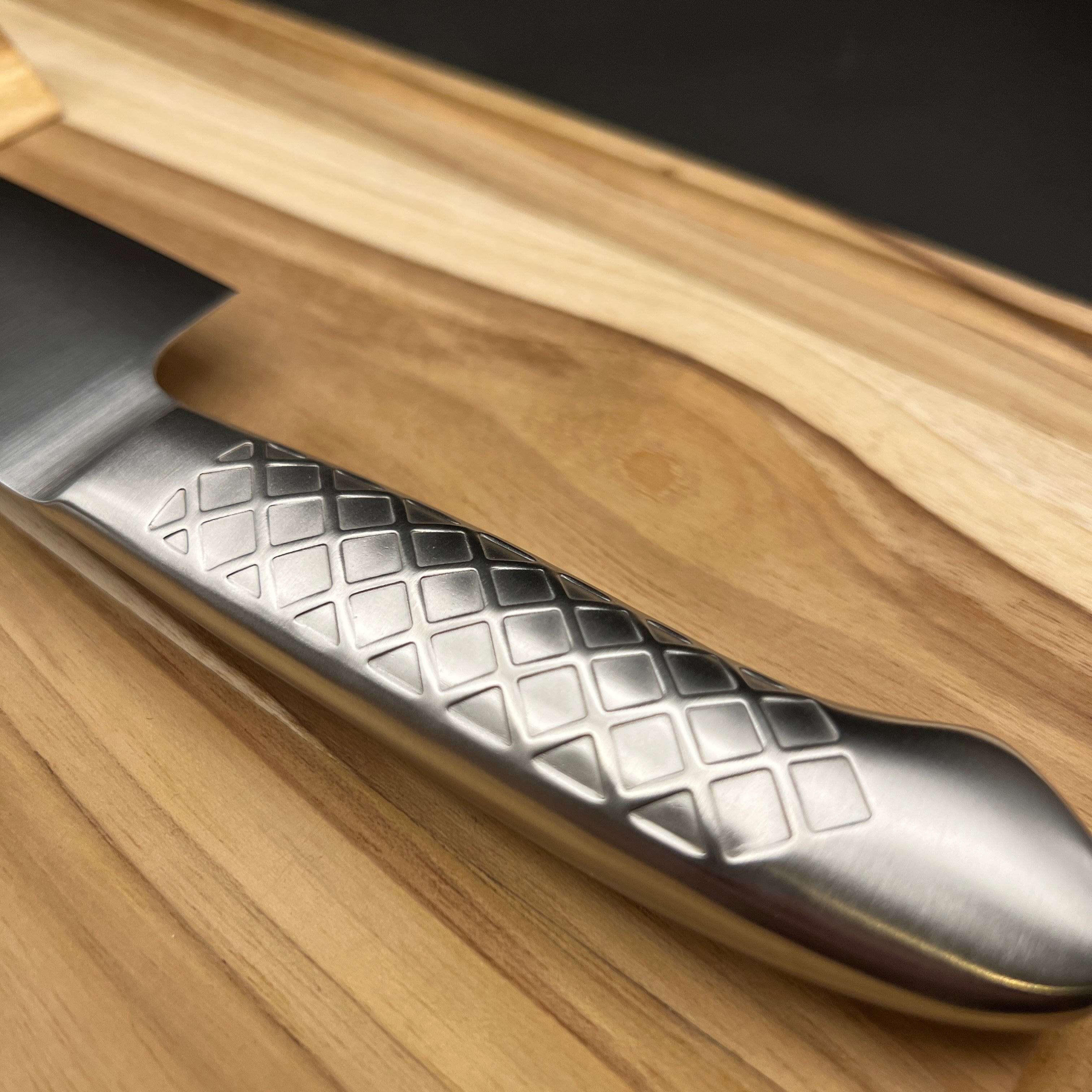
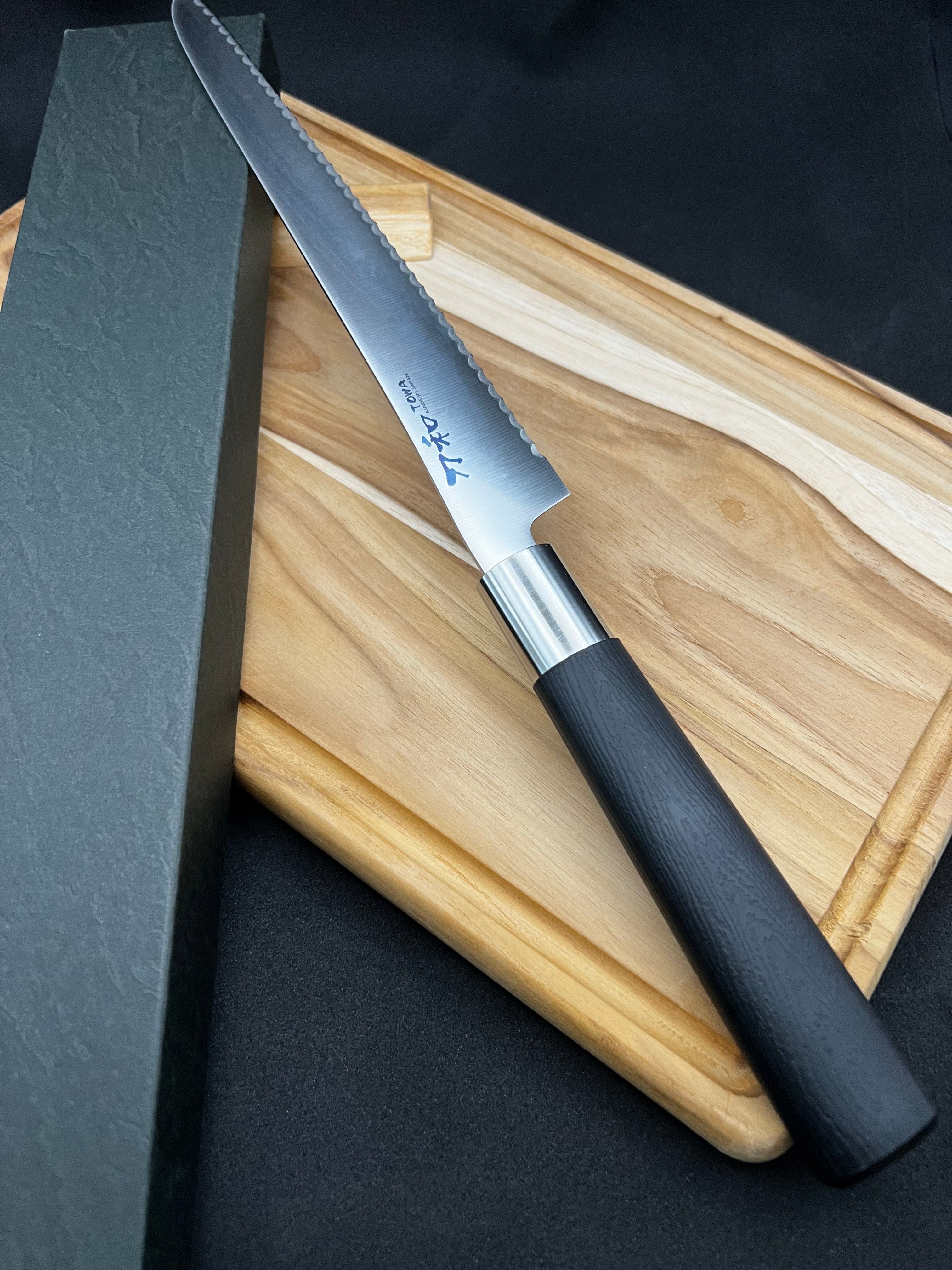
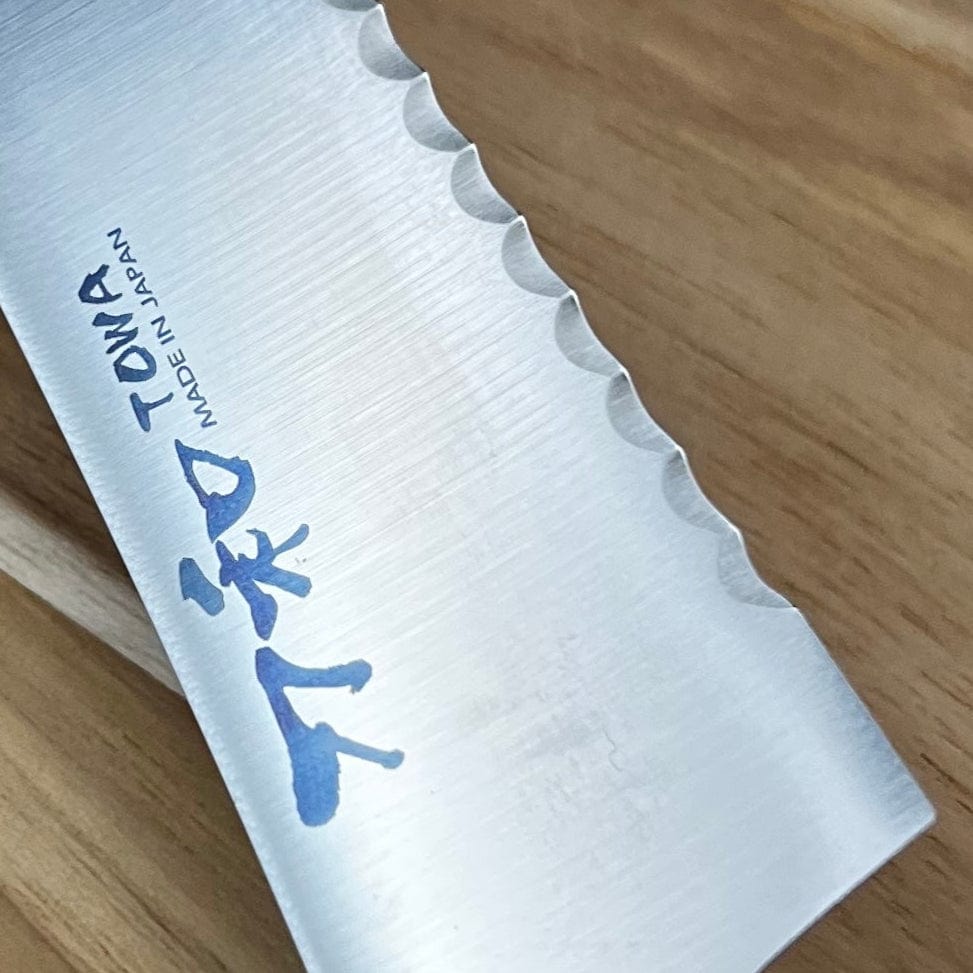
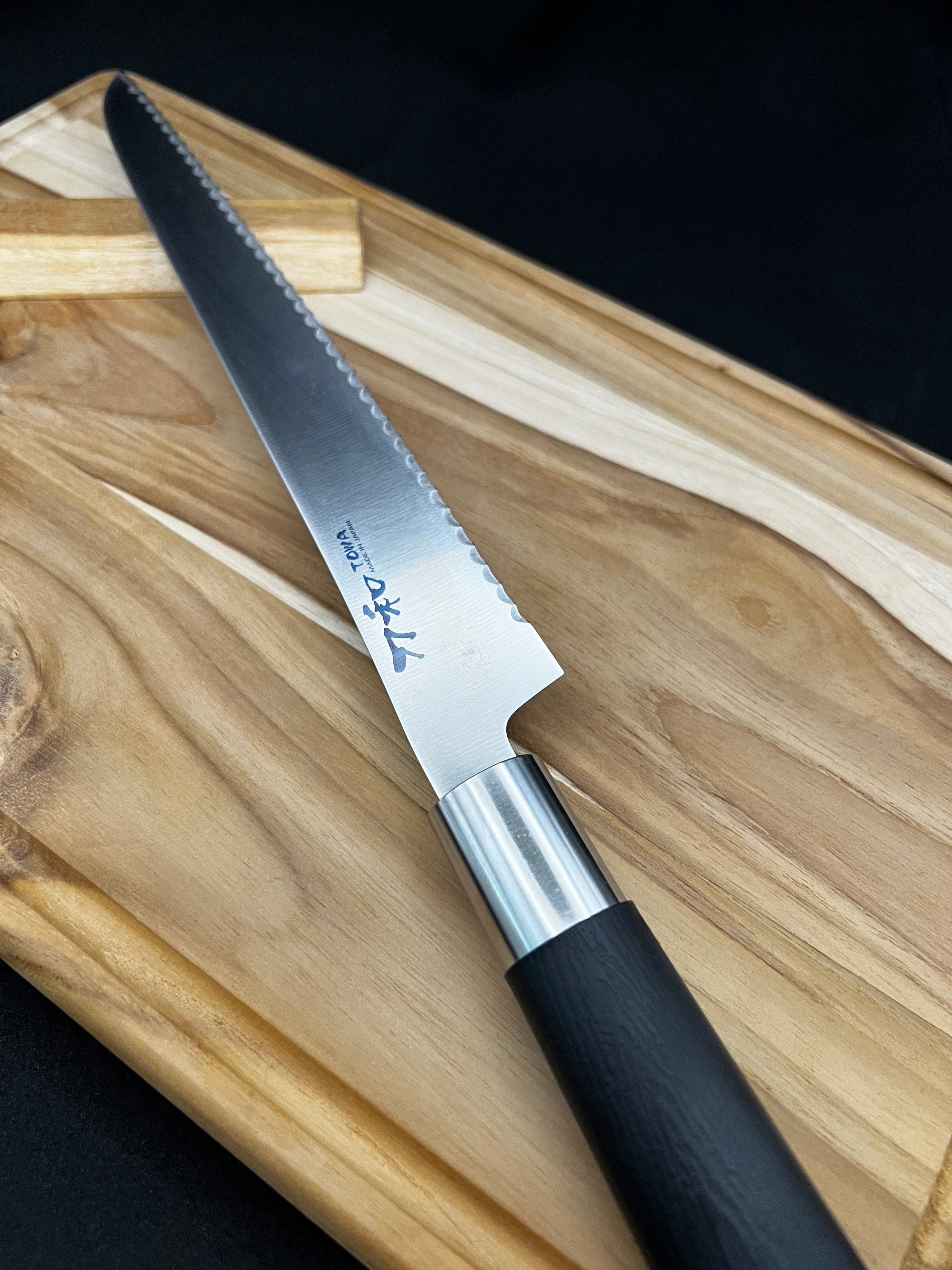
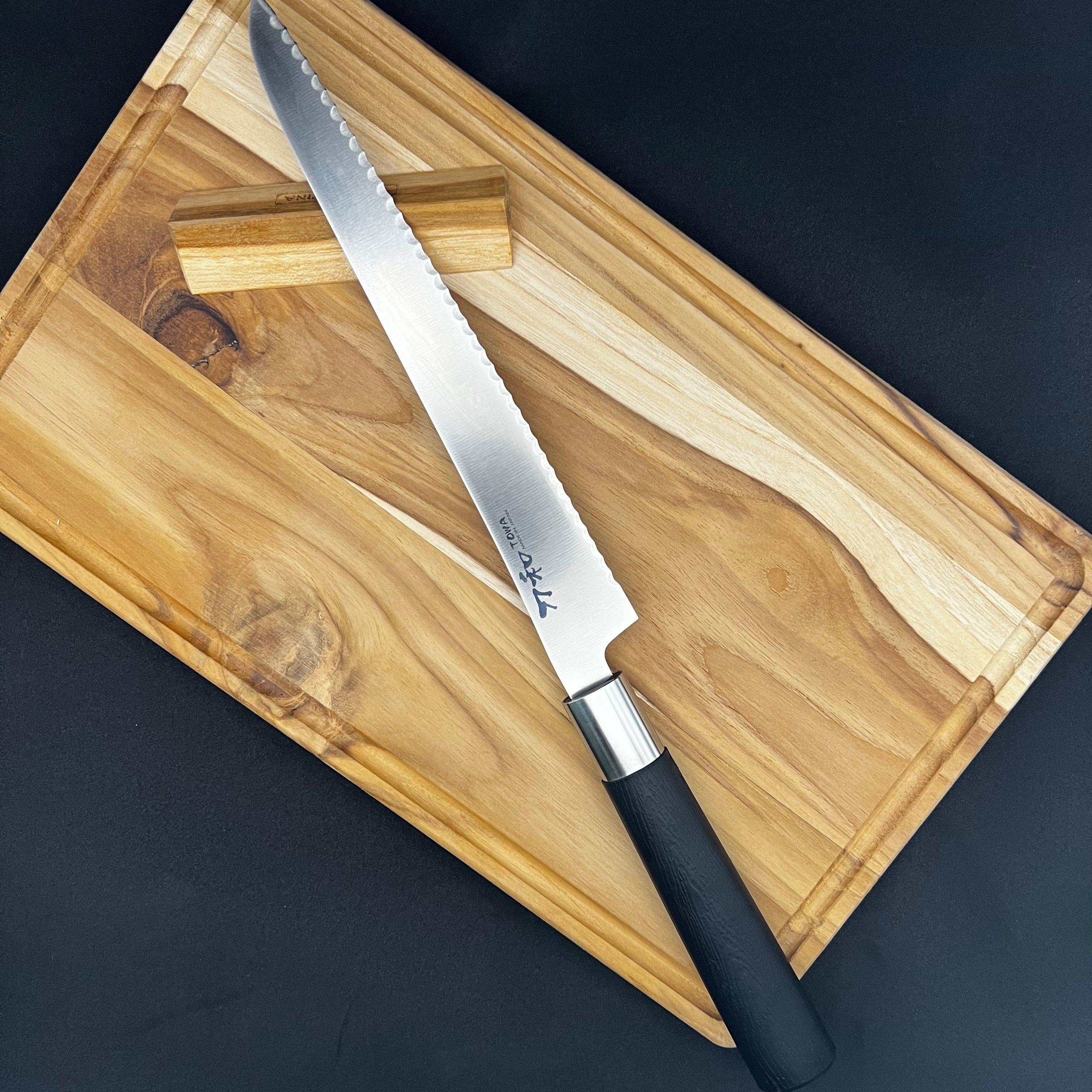
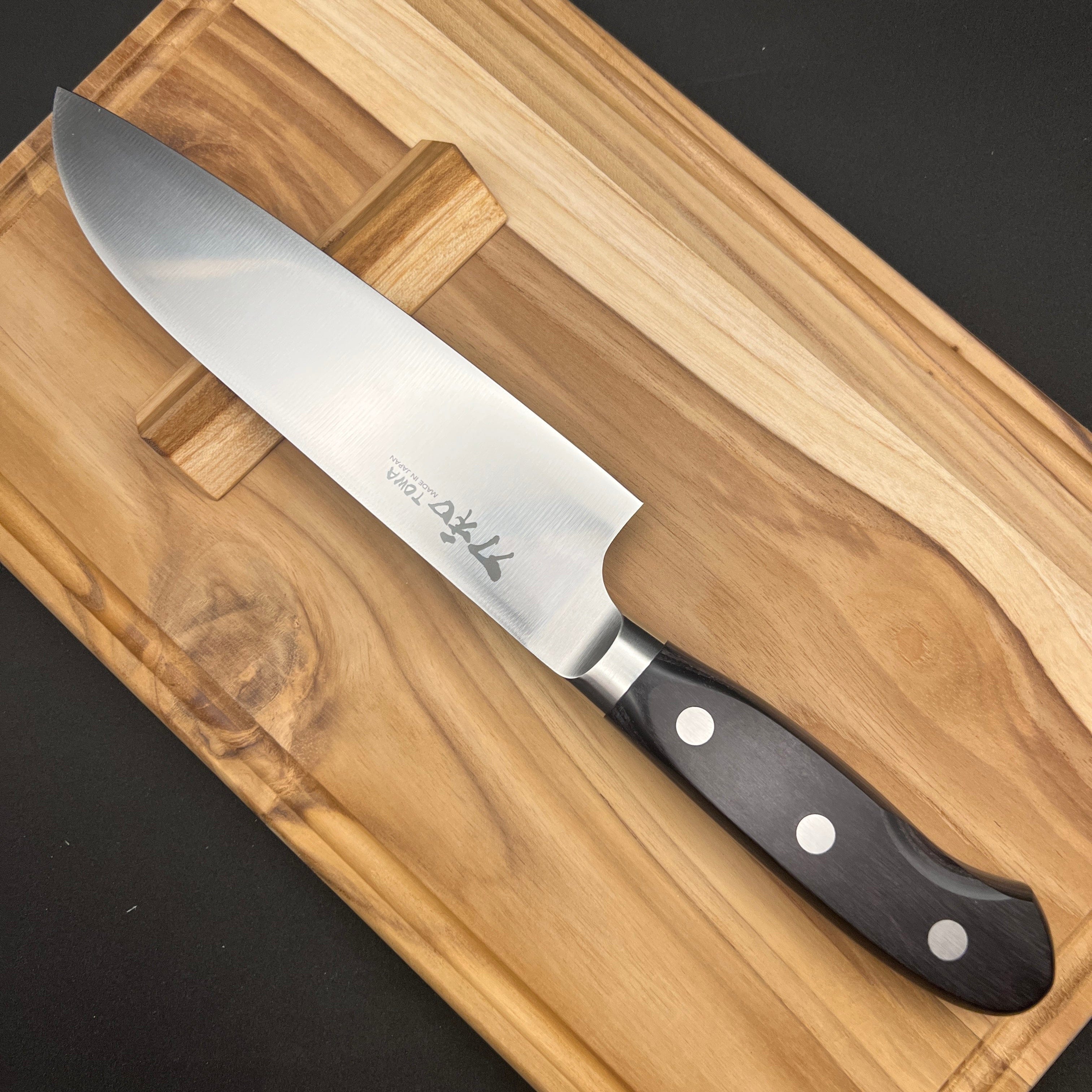
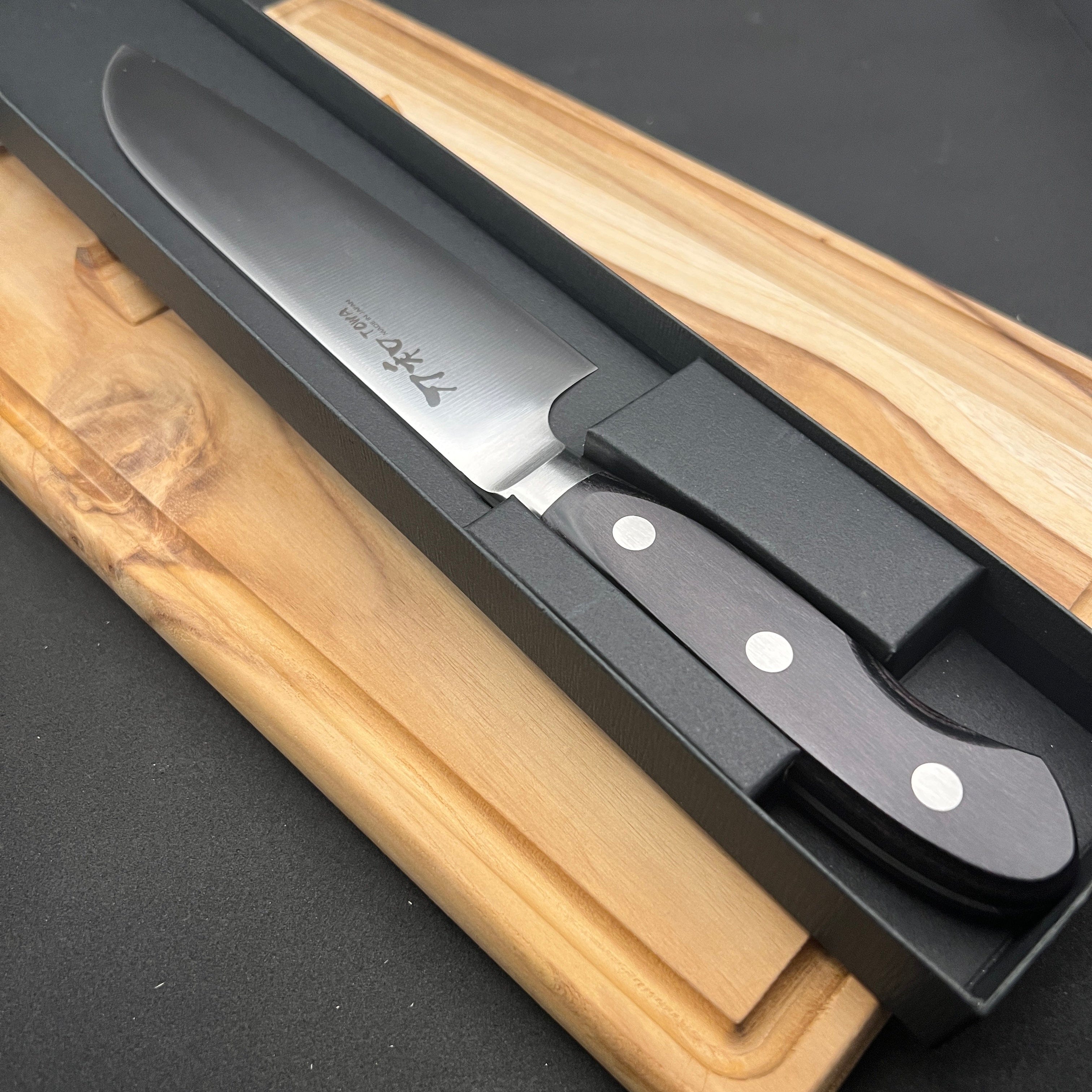

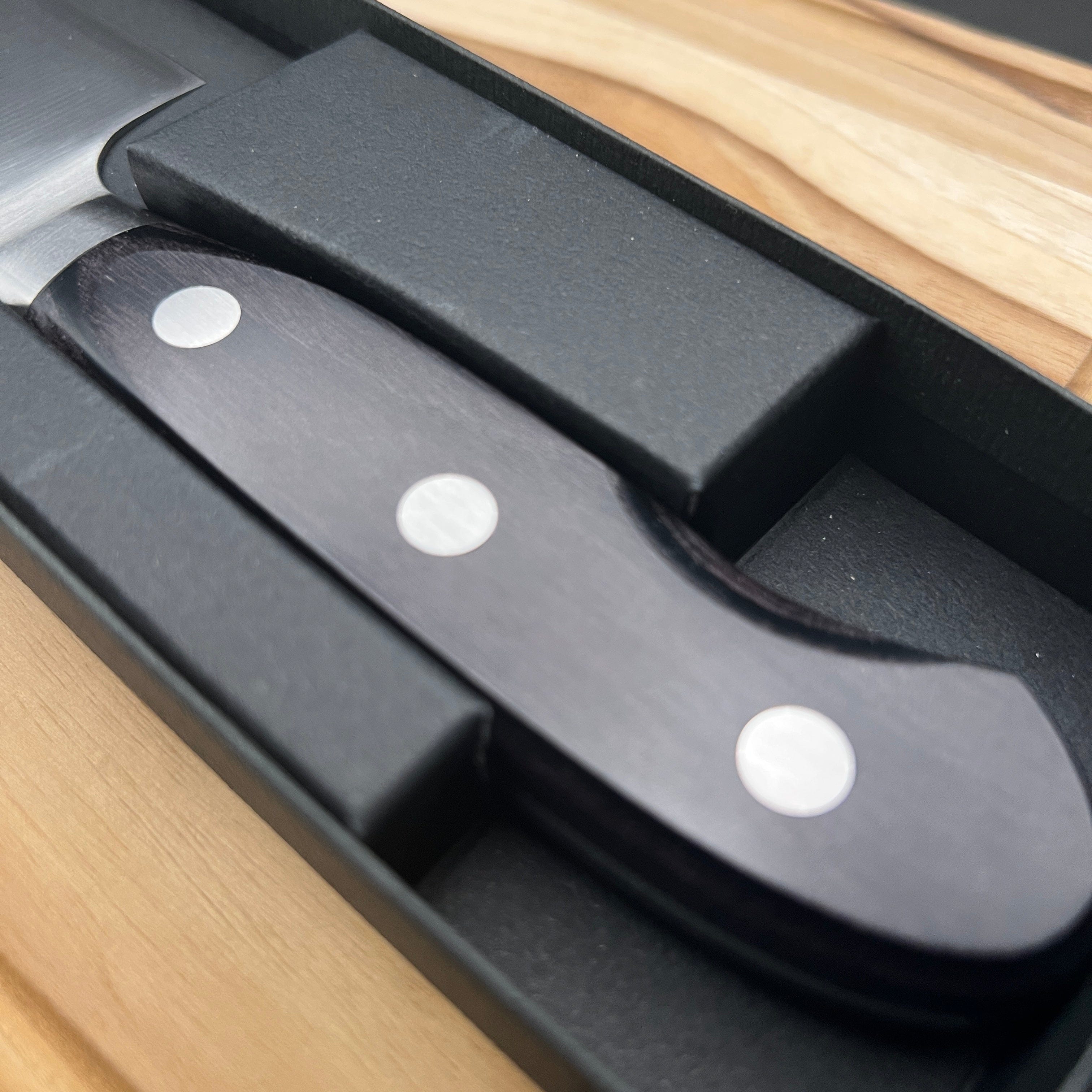

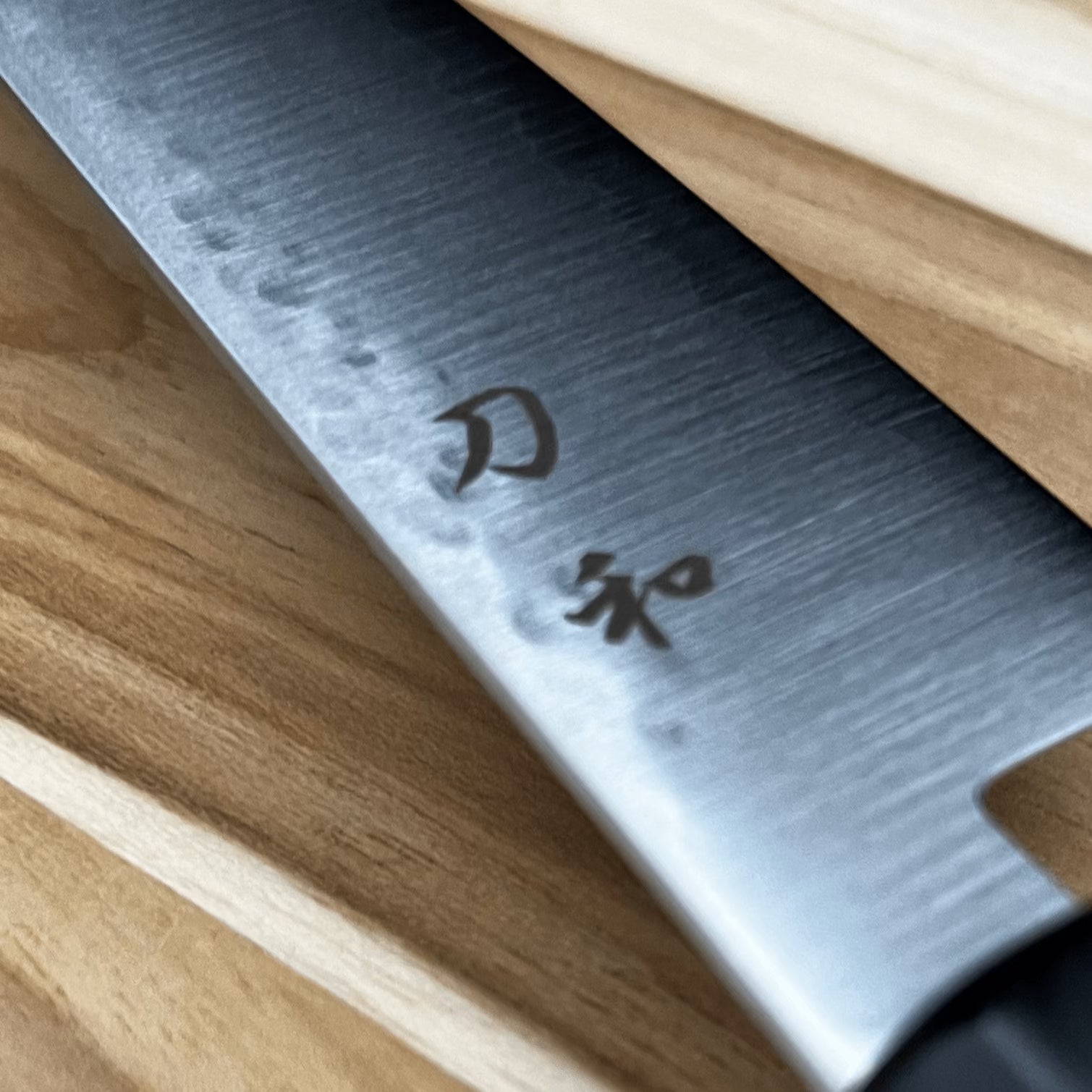
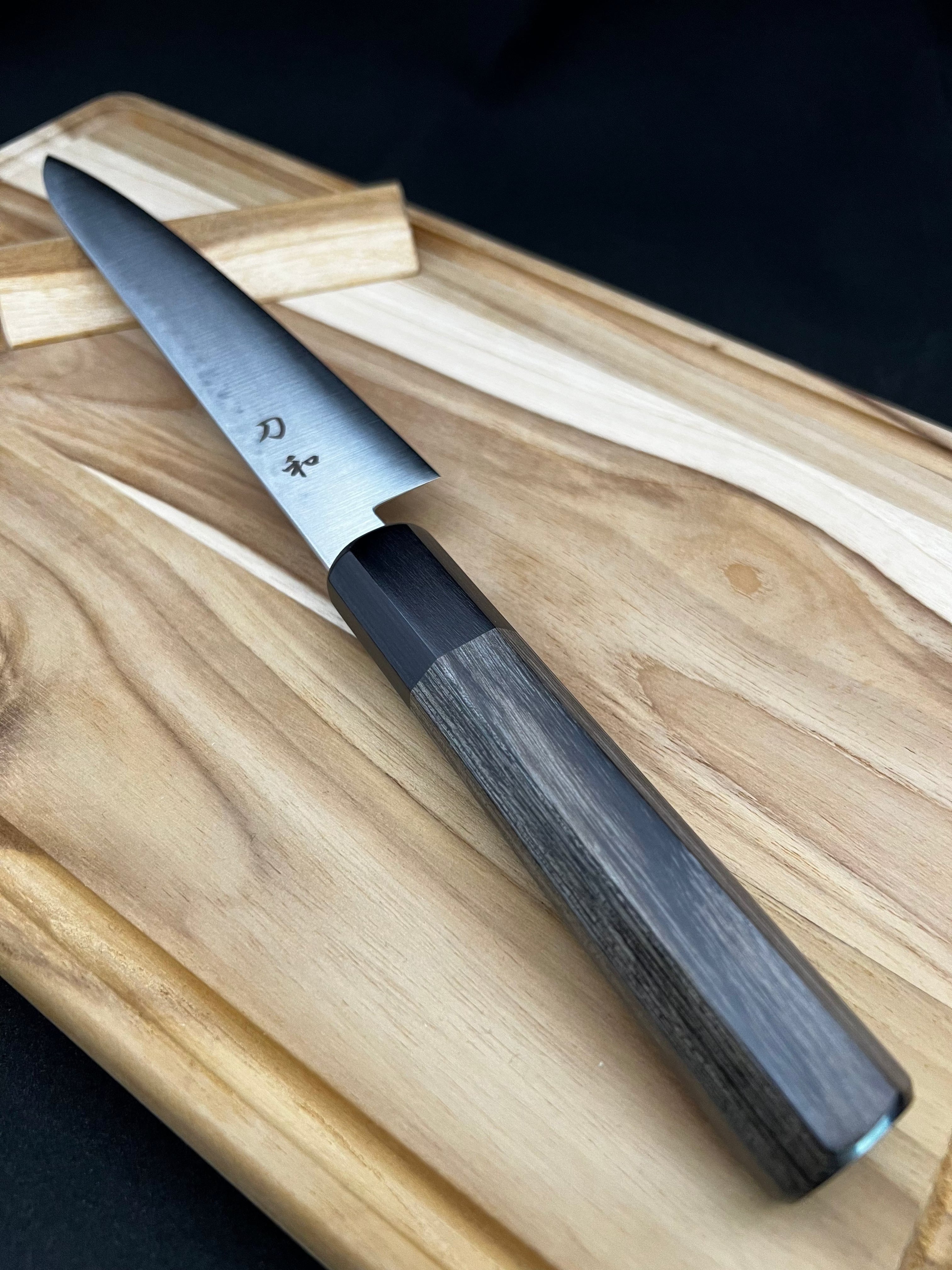

Share: